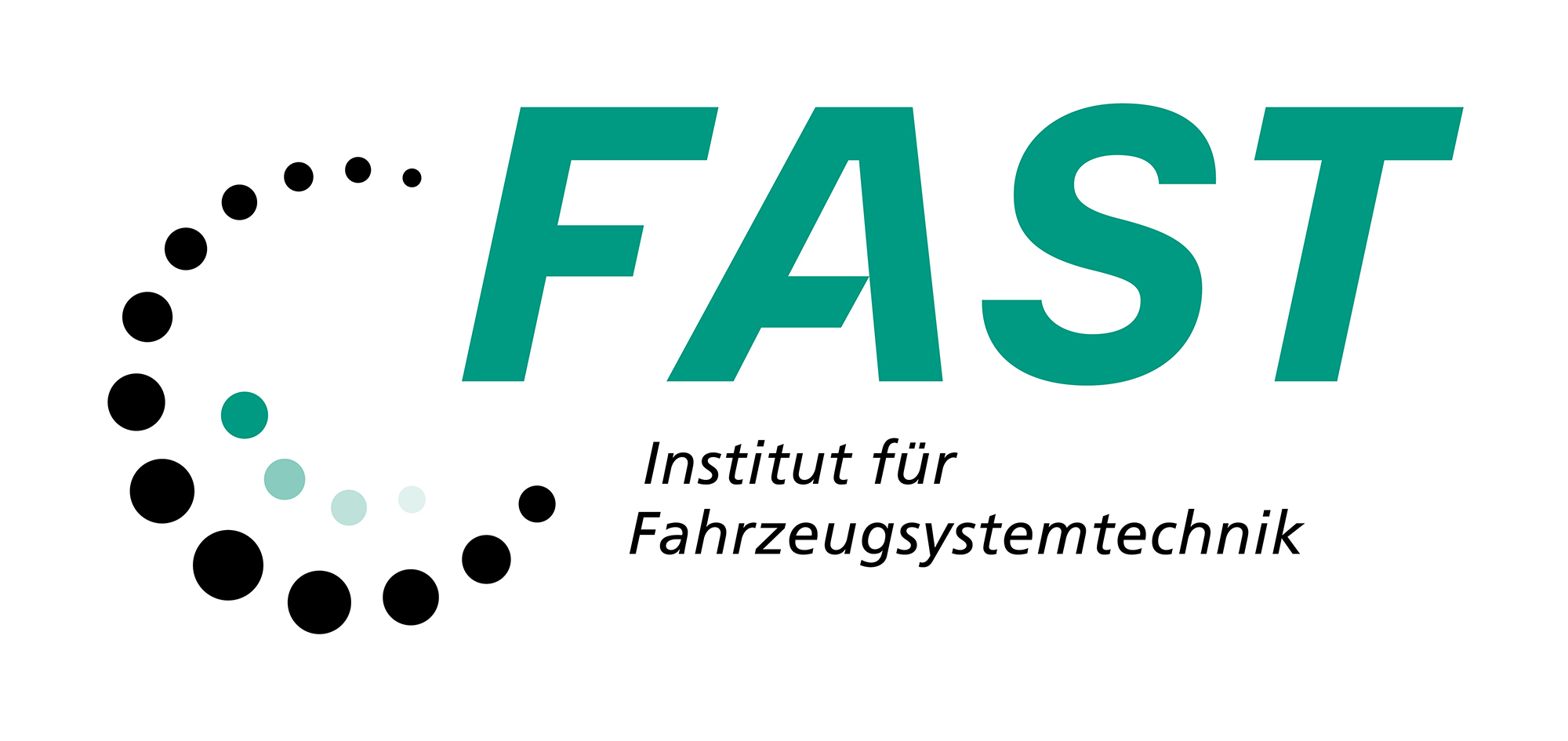Vehicle Lightweight design - Strategies, Concepts, Materials
- type: Lecture (V)
- semester: WS 24/25
-
time:
Fri 2024-10-25
11:30 - 13:00, weekly
10.81 Friedrich-Engesser-Hörsaal (HS93)
10.81 Bauingenieure, Altes Bauingenieurgebäude (OG 2)
Fri 2024-11-08
11:30 - 13:00, weekly
10.81 Friedrich-Engesser-Hörsaal (HS93)
10.81 Bauingenieure, Altes Bauingenieurgebäude (OG 2)
Fri 2024-11-15
11:30 - 13:00, weekly
10.81 Friedrich-Engesser-Hörsaal (HS93)
10.81 Bauingenieure, Altes Bauingenieurgebäude (OG 2)
Fri 2024-11-22
11:30 - 13:00, weekly
10.81 Friedrich-Engesser-Hörsaal (HS93)
10.81 Bauingenieure, Altes Bauingenieurgebäude (OG 2)
Fri 2024-11-29
11:30 - 13:00, weekly
10.81 Friedrich-Engesser-Hörsaal (HS93)
10.81 Bauingenieure, Altes Bauingenieurgebäude (OG 2)
Fri 2024-12-06
11:30 - 13:00, weekly
10.81 Friedrich-Engesser-Hörsaal (HS93)
10.81 Bauingenieure, Altes Bauingenieurgebäude (OG 2)
Fri 2024-12-13
11:30 - 13:00, weekly
10.81 Friedrich-Engesser-Hörsaal (HS93)
10.81 Bauingenieure, Altes Bauingenieurgebäude (OG 2)
Fri 2024-12-20
11:30 - 13:00, weekly
10.81 Friedrich-Engesser-Hörsaal (HS93)
10.81 Bauingenieure, Altes Bauingenieurgebäude (OG 2)
Fri 2025-01-10
11:30 - 13:00, weekly
10.81 Friedrich-Engesser-Hörsaal (HS93)
10.81 Bauingenieure, Altes Bauingenieurgebäude (OG 2)
Fri 2025-01-17
11:30 - 13:00, weekly
10.81 Friedrich-Engesser-Hörsaal (HS93)
10.81 Bauingenieure, Altes Bauingenieurgebäude (OG 2)
Fri 2025-01-24
11:30 - 13:00, weekly
10.81 Friedrich-Engesser-Hörsaal (HS93)
10.81 Bauingenieure, Altes Bauingenieurgebäude (OG 2)
Fri 2025-01-31
11:30 - 13:00, weekly
10.81 Friedrich-Engesser-Hörsaal (HS93)
10.81 Bauingenieure, Altes Bauingenieurgebäude (OG 2)
Fri 2025-02-07
11:30 - 13:00, weekly
10.81 Friedrich-Engesser-Hörsaal (HS93)
10.81 Bauingenieure, Altes Bauingenieurgebäude (OG 2)
Fri 2025-02-14
11:30 - 13:00, weekly
10.81 Friedrich-Engesser-Hörsaal (HS93)
10.81 Bauingenieure, Altes Bauingenieurgebäude (OG 2)
- lecturer: Prof. Dr.-Ing. Frank Henning
- sws: 2
- lv-no.: 2113102
- information: Blended (On-Site/Online)
| Content | Strategies in lightweight design Construction methods Body construction Metalic materials Aim of this lecture: Students learn that lightweight design is a process of realizing a demanded function by using the smallest possible mass. They understand lightweight construction as a complex optimization problem with multiple boundary conditions, involving competences from methods, materials and production. Students learn the established lightweight strategies and ways of construction. They know the metallic materials used in lightweight construction and understand the relation between material and vehicle body. |
| Language of instruction | German |
| Bibliography | [1] E. Moeller, Handbuch Konstruktionswerkstoffe : Auswahl, Eigenschaften, Anwendung. München: Hanser, 2008. [2] H.-J. Bargel, et al., Werkstoffkunde, 10., bearb. Aufl. ed. Berlin: Springer, 2008. [3] C. Kammer, Aluminium-Taschenbuch : Grundlagen und Werkstoffe, 16. Aufl. ed. Düsseldorf: Aluminium-Verl., 2002. [4] K. U. Kainer, "Magnesium - Eigenschaften, Anwendungen, Potentiale ", Weinheim [u.a.], 2000, pp. VIII, 320 S. [5] A. Beck and H. Altwicker, Magnesium und seine Legierungen, 2. Aufl., Nachdr. d. Ausg. 1939 ed. Berlin: Springer, 2001. [6] M. Peters, Titan und Titanlegierungen, [3., völlig neu bearb. Aufl.] ed. Weinheim [u.a.]: Wiley-VCH, 2002. [7] H. Domininghaus and P. Elsner, Kunststoffe : Eigenschaften und Anwendungen; 240 Tab, 7., neu bearb. u. erw. Aufl. ed. Berlin: Springer, 2008. |

